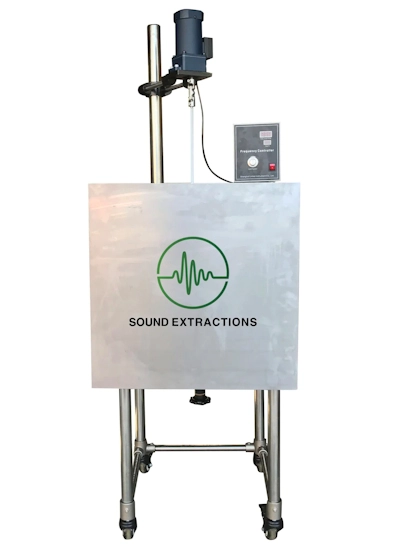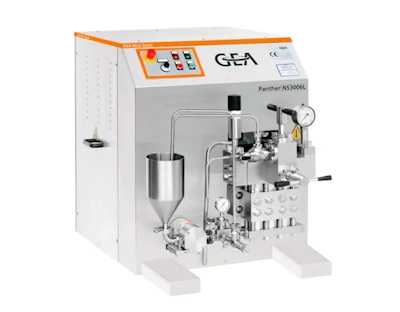
New Cannabis Extraction and Nanoemulsion Technologies
Innovative cannabis processing technologies making waves
Extraction
Extraction
of cannabinoids and other molecules of interest has been an intense area of
technology development over the past few years within the industry. Tried and
trusted methods – some adapted from the food, agriculture, and petroleum
industries - have been highly productive when applied to cannabis processing. A drawback to methods such as butane, propane, and hydrocarbon
extraction, in general, is the need for additional steps for solvent removal
and the costly issue of residual solvents in terms of testing.
“Cleaner” extractions techniques using ethanol or supercritical CO2 can be highly productive from a quality control and yield perspective. There is, however, the need for solvents and specialized equipment that can add significant costs to the operation.
Sonic Extraction
New techniques have emerged that circumnavigate the costly aspects of previous approaches. Sonic extraction, for instance, uses high-intensity sound waves and a solventless system to process plant materials in an efficient and productive way.
The company Sound Extractions uses sonic extraction technology based on cycling rapid changes in pressure and the use of cavitation. At 20,000 pressure changes per second, cannabinoids, terpenes, and other compounds are released into the carrier oil quickly and at ambient temperature. The resulting full-spectrum extract can be added to any downstream product, including consumables, without the need for additional processing. One additional step extends the extract for use in water-soluble solutions including gummies, beverages, and gummies. It’s not clear whether the technique is amenable to fractionation and for now appears only suitable for full-spectrum preparations.
Sound Extractions offers the Sonic 1 which is built for a capacity of 5 lbs per hour of dried hemp or cannabis plant materials and the Sonic 2 which can handle 30 lbs per hour. The workflows can be scaled to handle 1,000 lbs per hour or more depending on needs.
Solubilization
Solubilization is a persistent challenge for those compounds exhibiting hydrophobic or aliphatic characteristics such as THC, CBD, and other cannabinoids and terpenes. The limited solubility and reactivity to heat and light – and subsequent loss of stability - are believed to underly the reduction of apparent cannabinoid content in polar solution-based backgrounds. such as beverages, topicals, and other consumables. This behavior has led to chronic problems with testing inaccuracies, shortened shelf life, and limitations in the quality control of solution-based products such as beverages and topicals.
Nanoemulsions
Nanoemulsification techniques have emerged as solutions to the challenges of cannabinoid solubility and stability in solution. Nanoemulsions are essentially stable dispersions of two immiscible liquids such as cannabis oil and water. To formulate these dispersions, compounds in suspension are subjected to high-shear mixing, resulting in the formation of small droplets approximately 200 to 600 nm in diameter. These droplets are then subjected to high-pressure homogenization, which pressurizes the fluid, eventually releasing it through a valve. The process results in the formation of minuscule droplets that have a surfactant-like coating and are stable in solution.

Beyond solubility and stability, the nanoemulsion process may enhance the bioavailability of bioactive compounds such as cannabinoids and terpenes in solution, making them well-suited for rapid absorption through a variety of routes including sublingual and ingestion.
Root Sciences offers the GEA Panther 1200, capable of a 100 L per hour flow rate and pressure of 1200 bar, and the GEA Panther 1500, with a flow rate capacity of 50 L per hour at a pressure of 1500 bar pressure – the latter for a higher load of emulsified compounds. The company adapted the nanoemulsion technology from applications in the dairy, chemical, and pharma industries, and indicates the processes can be scaled to pilot plant and processing plant operational capacity.
View the LabX Cannabis Application Page for further product listings and insights.Sonic 1 instrument image credit: Sound Extractions website
GEA Panther 1200 instrument image credit: Root Sciences website










